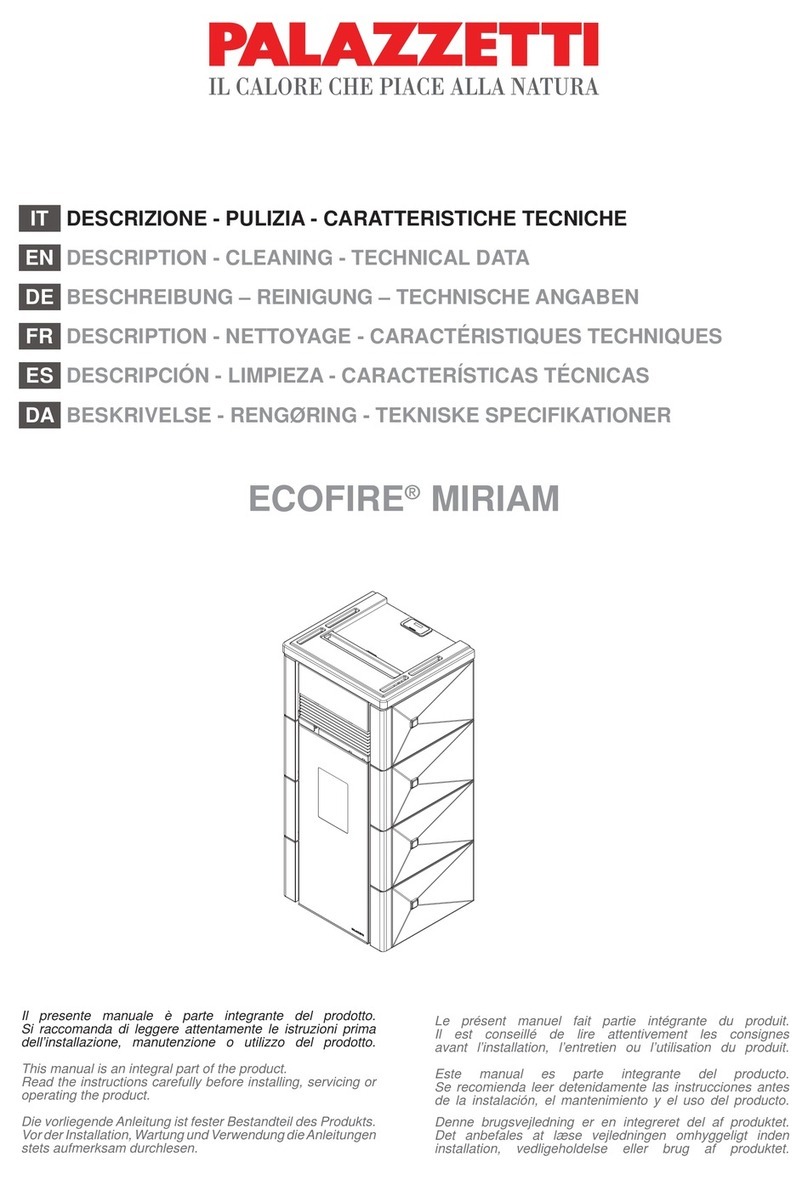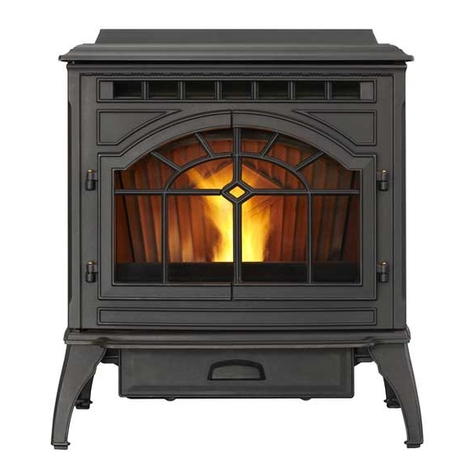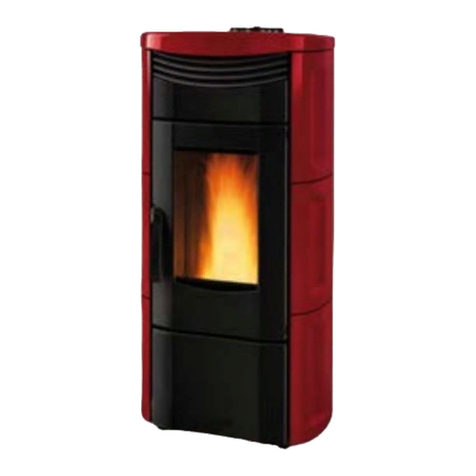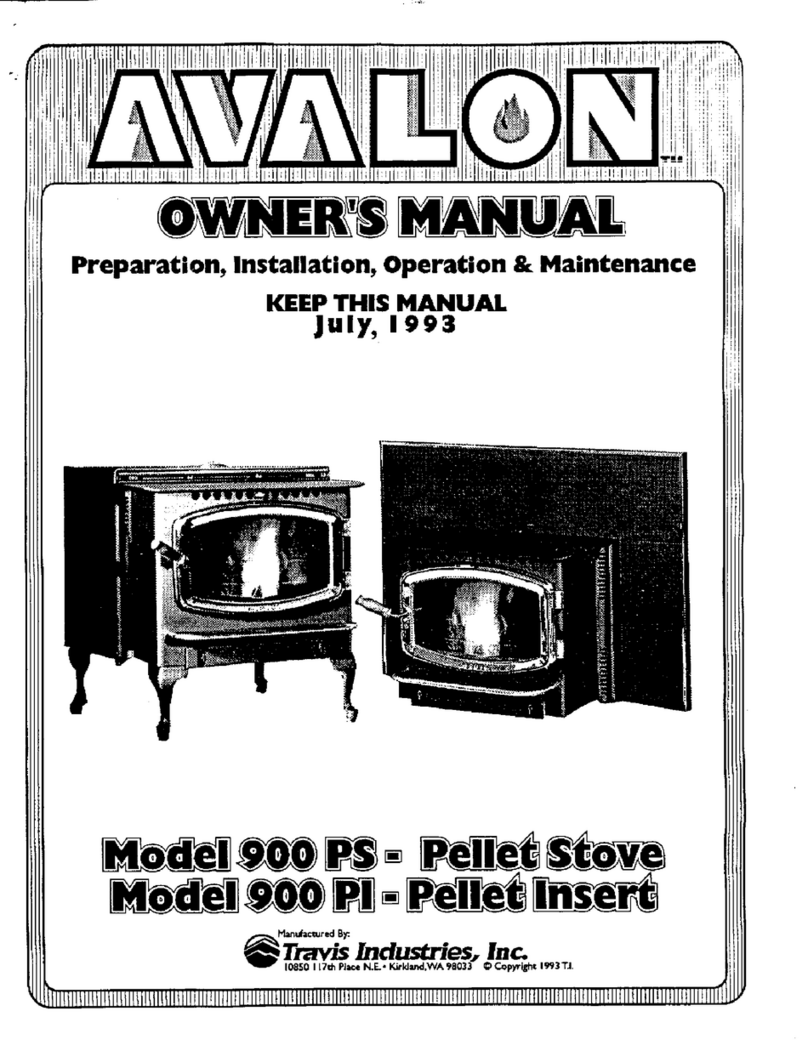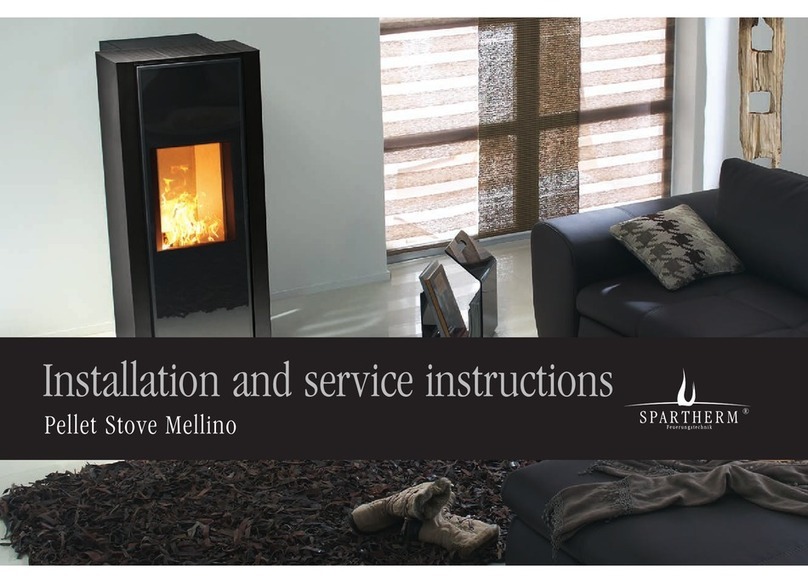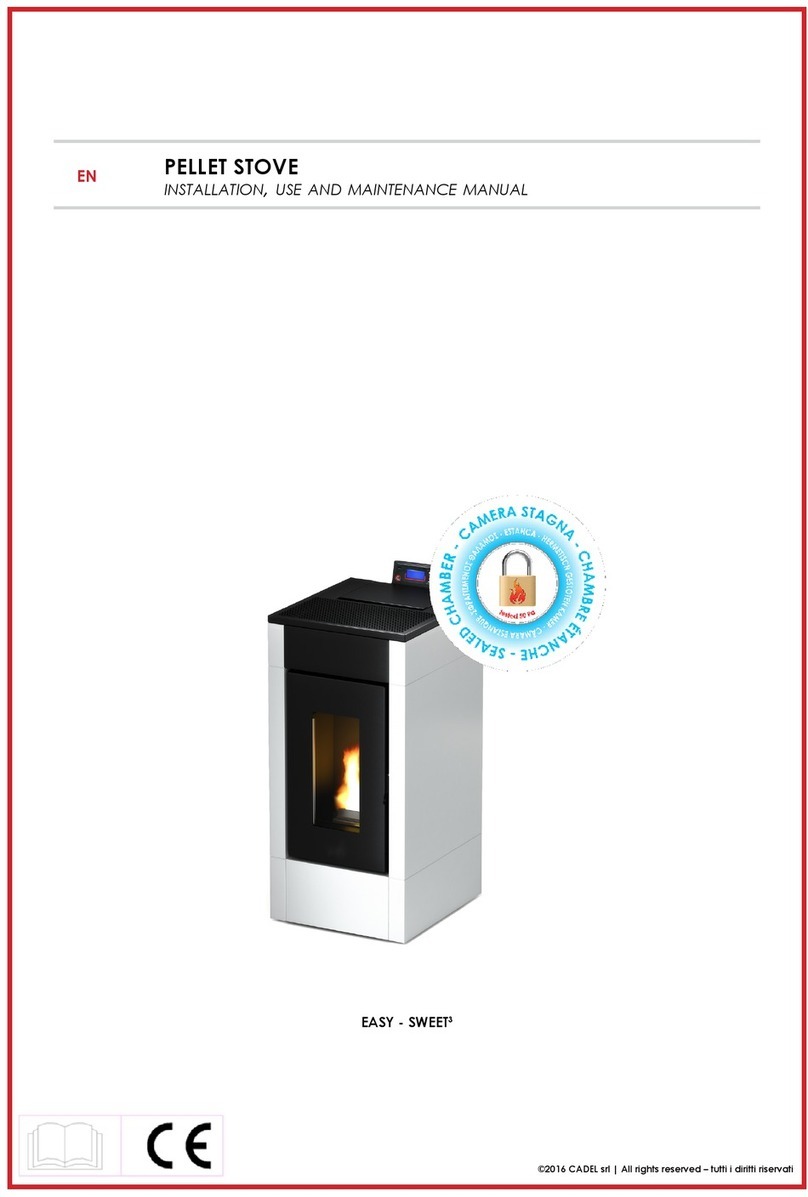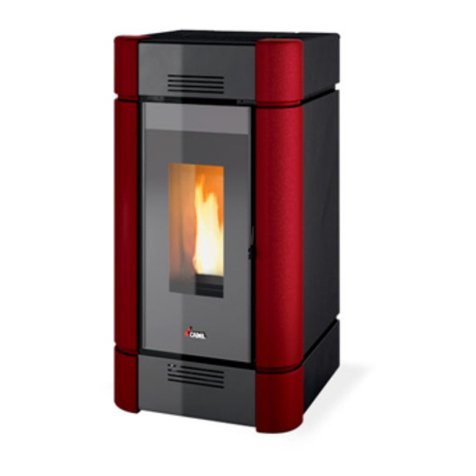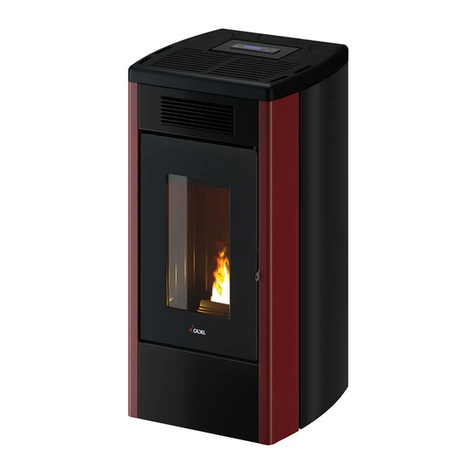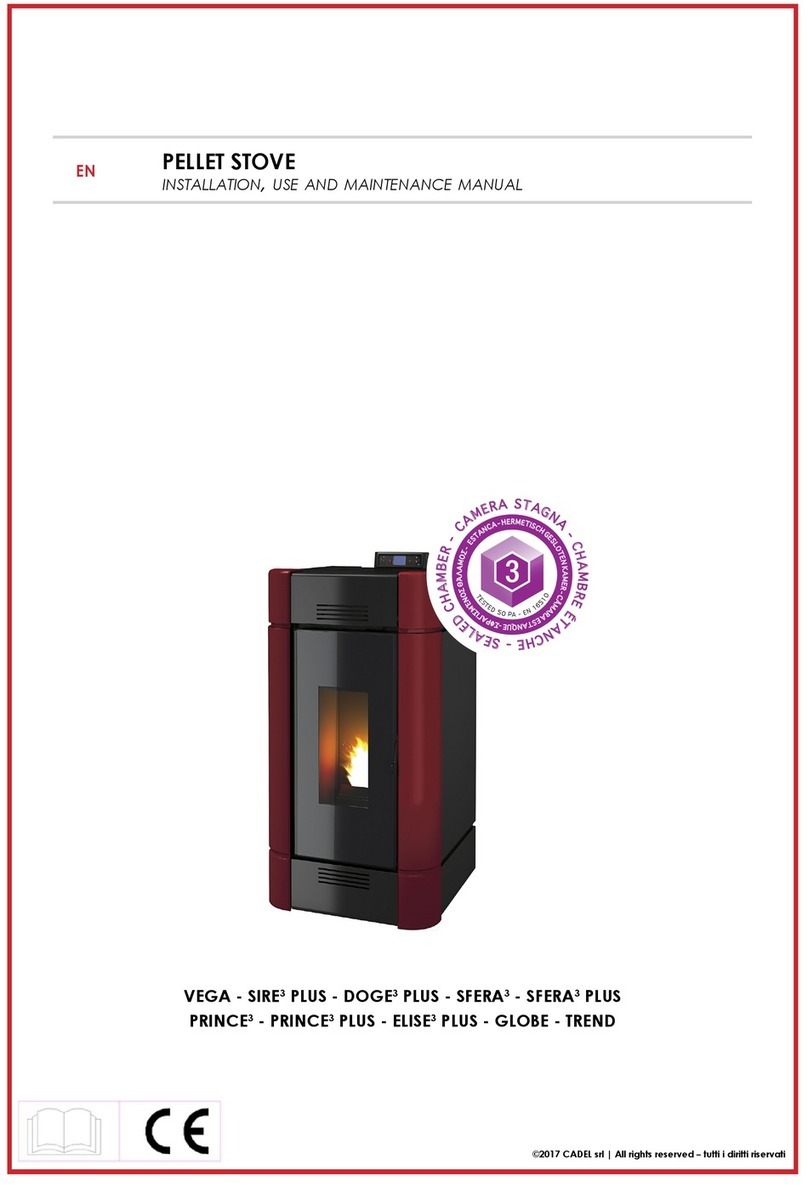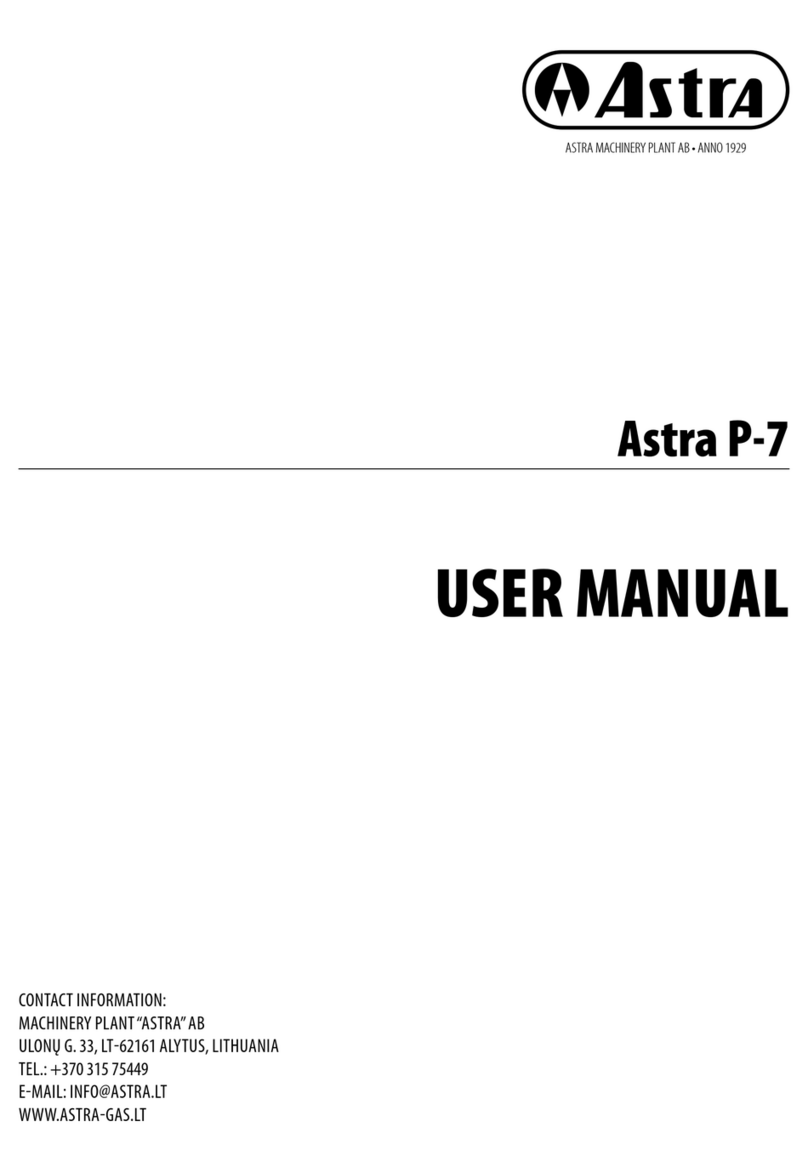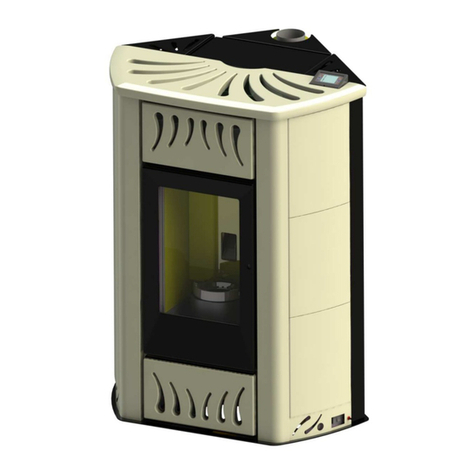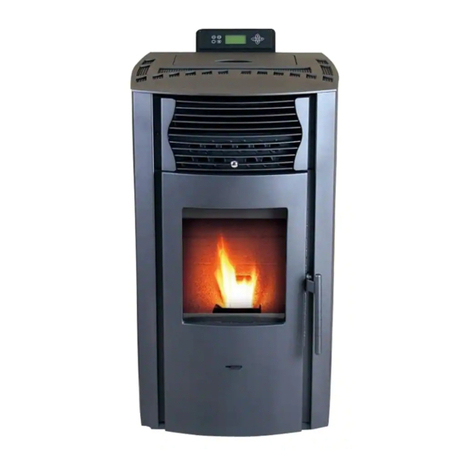Summary
1 INTRODUCTION .................................................... 3
1.1 REVISIONS TO THE PUBLICATION.....................3
1.2
CARE OF THE MANUAL AND HOW TO CONSULT IT ...
3
1.3 SYMBOLS USED IN THE MANUAL ..................... 3
2 WARNINGS AND WARRANTY TERMS................... 3
2.1 SAFETY PRECAUTIONS...................................... 3
2.2 INFORMATION:.................................................5
2.3 INTENDED USE...................................................5
3 WARRANTY CONDITIONS .................................... 5
3.1 SPARE PARTS..................................................... 6
4 WARNINGS FOR THE CORRECT DISPOSAL OF THE
PRODUCT ..................................................................... 6
4.1 RULES FOR INSTALLATION ............................... 6
4.2 SPECIFICATIONS FOR ITALY ............................. 7
5 INSTALLATION INSTRUCTIONS ............................. 7
5.1 PELLETS .............................................................. 7
5.2 PRECAUTIONS REGARDING INSTALLATION ... 8
5.3 THE OPERATING AREA ..................................... 8
5.4 POSITIONING AND RESTRICTIONS................... 8
5.5 MINIMUM DISTANCES ...................................... 9
5.6
CONNECTION OF THE SMOKE EXHAUST DUCT ....
9
5.7 INTRODUCTION ..............................................10
5.8 CHIMNEY FLUE................................................10
5.9 TECHNICAL FEATURES.................................... 11
5.10 MAINTENANCE..............................................12
5.11 CHIMNEY POT................................................ 12
5.12 CHIMNEY COMPONENTS ............................. 12
5.13 EXTERNAL AIR INLET....................................... 13
5.14 CHIMNEY FLUE CONNECTION ..................... 13
5.15 EXAMPLES OF CORRECT INSTALLATION...... 14
6
TECHNICAL DRAWINGS AND CHARACTERISTICS....
16
6.1 DIMENSIONS ...................................................16
7 INSTALLATION AND ASSEMBLY ......................... 18
7.1 PREPARATION AND UNPACKING ................. 18
7.2 CERAMIC AND METAL SIDES INSERTION ...... 19
8 PLUMBING CONNECTION ................................. 20
8.1 PLUMBING CONNECTION ............................. 20
8.2 HYDRAULIC KIT ............................................... 20
8.3 SYSTEM WASHING .......................................... 22
8.4 SYSTEM FILLING............................................... 22
9 ELECTRICAL CONNECTIONS.............................. 24
9.1 GENERAL PRECAUTIONS ............................... 24
9.2 ELECTRICAL CONNECTION........................... 24
10 INITIAL START-UP ................................................ 24
10.1 GENERAL PRECAUTIONS .............................. 24
10.2 OPENING/CLOSING THE DOOR .................. 26
10.3 SETTINGS TO BE CARRIED OUT BEFORE THE
INITIAL START-UP..................................................... 26
10.4 LOADING THE PELLETS .................................. 26
10.5
DUCT FOR ADDITIONAL TANK (OPTIONAL)....
27
11 MENU ITEMS AND OPERATION .......................... 27
11.1 CONTROL PANEL DISPLAY ........................... 27
11.2 MAIN MENU................................................... 28
11.3
PROGRAMMED MODE (TIMER) - MAIN MENU....
28
11.4 SLEEP FUNCTION (MAIN MENU)................... 29
11.5 ADJUSTMENTS MENU .................................... 29
11.6 SETTINGS MENU ............................................. 30
11.7 AUTO ECO MODE......................................... 32
11.8 SYSTEM CONFIGURATIONS .......................... 34
11.9 OPERATING MODE ....................................... 38
11.10 START-UP....................................................... 38
11.11 POWER OUTPUT ........................................... 38
12 SAFETY DEVICES AND ALARMS ......................... 38
12.1 SAFETY DEVICES ............................................ 38
12.2 PRESSURE SWITCH ......................................... 38
12.3 SMOKE TEMPERATURE PROBE ...................... 39
12.4
CONTACT THERMOSTAT IN THE FUEL HOPPER....
39
12.5 CONTACT THERMOSTAT IN THE BOILER....... 39
12.6 WATER TEMPERATURE PROBE....................... 39
12.7 ELECTRICAL SAFETY....................................... 39
12.8 SMOKE FAN ................................................... 39
12.9 GEAR MOTOR ............................................... 39
12.10 TEMPORARY POWER CUT ........................... 39
12.11 FAILED START-UP .......................................... 39
12.12 ANTIFREEZE FUNCTION ................................ 39
12.13 PUMP ANTI-SEIZURE FUNCTION................... 39
12.14 ALARM ALERTS............................................. 39
12.15 ALARM RESET ............................................... 40
12.16 NORMAL SHUTDOWN (ON THE PANEL: OFF
WITH FLASHING FLAME) ........................................ 40
12.17 BLACKOUT WITH THE BOILER ON................ 40
12.18 BLACKOUT ABOVE 10” WITH BOILER IN
SHUTDOWN STAGE ................................................ 40
13 MAINTENANCE AND CLEANING....................... 41
13.1 DAILY OR WEEKLY CLEANING PERFORMED BY
THE USER ................................................................. 41
13.2 BEFORE EACH START-UP ............................... 41
13.3
CHECKS TO BE PERFORMED EVERY 2/3 DAYS....
41
13.4 CLEANTHEEXCHANGER AND THE UNDERGRATE
SPACE EVERY 2/3 DAYS ........................................ 41
13.5 PERIODIC CLEANING PERFORMED BY A
QUALIFIED TECHNICIAN........................................ 42
13.6 CLEANING THE SMOKE EXHAUST SYSTEM AND
GENERAL CHECKS.................................................43
13.7 END-OF-SEASON SHUTDOWN...................... 43
13.8
CHECKING THE INTERNAL COMPONENTS....
44
14 FAULTS/CAUSES/SOLUTIONS ............................. 45
14.1
CHECKING THE INTERNAL COMPONENTS....
45
15 WIRING DIAGRAM ............................................. 47
